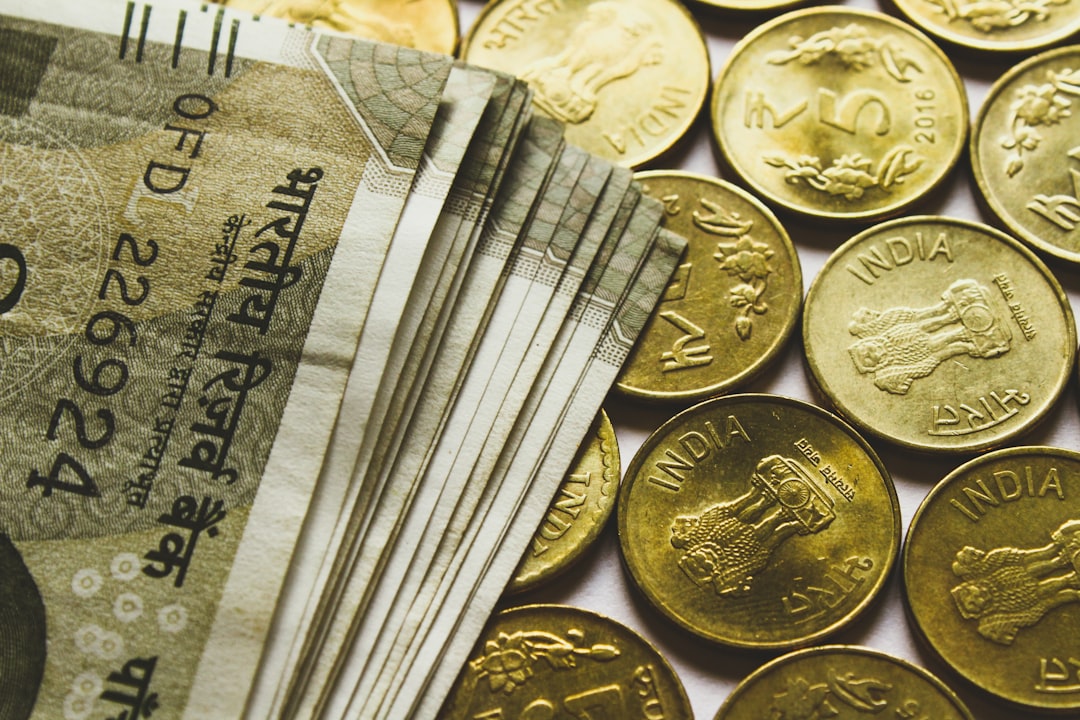Building a robust investment portfolio is essential for achieving your financial goals. However, with numerous investment options available, it can be challenging to strike the right balance between risk and return. This is where fixed deposits (FDs) come into play. By incorporating FDs into your diversified portfolio, you can enjoy the benefits of stability, predictable returns, and liquidity. In this article, we’ll explore how FDs fit into a well-rounded investment strategy and help you make informed decisions about your financial future.
Understanding the Importance of Portfolio Diversification
What is Portfolio Diversification?
Portfolio diversification is a crucial investment principle that involves spreading your investments across various asset classes, such as equity, debt, real estate, and gold. The primary goal of diversification is to minimize the overall risk of your portfolio by ensuring that a decline in one asset class does not significantly impact your entire portfolio. Just like the old saying, “Don’t put all your eggs in one basket,” diversification helps you avoid the pitfalls of concentrating your investments in a single asset.
The Benefits of a Diversified Portfolio
A well-diversified portfolio offers several advantages:
-
Risk Mitigation: By investing in a mix of assets, you can reduce the impact of market fluctuations on your portfolio. If one asset class underperforms, the others may compensate for the loss.
-
Potential for Higher Returns: Diversification allows you to invest in asset classes with varying risk-return profiles. This can help you optimize your portfolio’s overall returns while managing risk.
-
Flexibility and Adaptability: A diversified portfolio enables you to adjust your investments based on changing market conditions, personal circumstances, or financial goals.
The Role of Fixed Deposits in Portfolio Diversification
Stability and Security
FDs are known for their stability and security. When you invest in an FD, you are essentially lending money to a bank or financial institution for a fixed tenure at a predetermined interest rate. This makes FDs a low-risk investment option, as the returns are guaranteed, and your principal amount remains secure. By including FDs in your portfolio, you can create a stable foundation that helps balance the risk associated with other investments, such as equity or mutual funds.
Predictable Returns
One of the key advantages of FDs is the predictability of returns. Unlike market-linked investments, where returns can fluctuate based on market conditions, FDs offer a fixed rate of interest for the entire tenure. This allows you to calculate your expected returns accurately and plan your finances accordingly. For example, if you invest ₹1 lakh in an FD with an interest rate of 6% per annum for a tenure of 3 years, you can expect to earn ₹19.501 as interest at maturity, bringing your total amount to ₹1,19.501.
Liquidity and Flexibility
While FDs are typically held until maturity, they also offer liquidity and flexibility. Most banks and financial institutions allow premature withdrawal of FDs, albeit with a penalty. This means that in case of an emergency or unexpected expense, you can access your funds without having to liquidate your entire portfolio. Additionally, some FDs come with flexible tenure options, allowing you to choose a term that aligns with your financial goals and liquidity requirements.
Strategies for Diversifying with Fixed DepositsLaddering Your FDs
Laddering is a popular strategy for diversifying your fixed deposit investments. It involves dividing your investment amount into multiple FDs with different maturity dates. For instance, instead of investing ₹5 lakh in a single 5-year FD, you can split it into five FDs of ₹1 lakh each, with tenures ranging from 1 to 5 years. This way, you have an FD maturing every year, providing you with regular liquidity while still earning higher interest rates on the longer-tenure FDs.
Balancing Your Portfolio
When incorporating FDs into your portfolio, it’s essential to find the right balance based on your risk appetite, financial goals, and investment horizon. A general rule of thumb is to allocate a higher proportion of your portfolio to FDs if you have a low-risk tolerance or are nearing your financial goals. For example, if you are saving for your child’s education, which is 5 years away, you may consider allocating a significant portion of your portfolio to FDs to ensure capital protection and stable returns.
On the other hand, if you have a longer investment horizon and a higher risk appetite, you can allocate a smaller portion of your portfolio to FDs and invest the rest in growth-oriented assets like equity or mutual funds. This allows you to benefit from the potential capital appreciation while still maintaining a safety net through your FD investments.
Choosing the Right FD
When selecting a fixed deposit, it’s crucial to consider factors such as the interest rate, tenure, minimum investment amount, and the reputation of the financial institution. Airtel Finance offers attractive fixed deposit interest rates, starting from 3% for tenures ranging from 7 days to 10 years. With a minimum investment amount of just ₹1,000, you can easily start your FD investment journey with Airtel Finance.
Additionally, Airtel Finance provides a convenient online FD calculator that helps you estimate your returns based on the investment amount, interest rate, and tenure. This tool enables you to make informed decisions and plan your investments effectively.
Conclusion:
FDs play a vital role in creating a well-diversified investment portfolio. By offering stability, predictable returns, and liquidity, FDs help balance the risk associated with other investment avenues. By implementing strategies like laddering and finding the right balance based on your risk profile and financial goals, you can optimize your portfolio’s performance and achieve your wealth creation objectives.
To get started with fixed deposit investments, consider exploring the fixed deposit options offered by Airtel Finance. With competitive interest rates, flexible tenures, and a seamless online application process, Airtel Finance makes it easy for you to include FDs in your diversified portfolio. Take the first step towards a secure financial future by investing in an Airtel Finance FD today.
FAQs:
-
How much FDs fit into a portfolio?
The proportion of FDs in your portfolio depends on your risk tolerance and financial goals. A conservative investor may allocate 50-60% to FDs, while an aggressive investor may limit it to 10%-20%. -
Is a fixed deposit an ideal investment tool for risk-averse investors?
Yes, fixed deposits are an excellent investment option for risk-averse investors, as they offer guaranteed returns and capital protection, providing stability to the overall portfolio. -
Is fixed deposit an investment asset?
Yes, fixed deposits are considered investment assets, as they generate returns in the form of interest income and can be used to achieve various financial goals. -
How to diversify your investment portfolio?
To diversify your investment portfolio, invest in a mix of asset classes such as equity, debt, real estate, and gold. Include fixed deposits as part of your debt allocation to provide stability and regular income.


 Get App
Get App  Airtel Store
Airtel Store  Login
Login 


